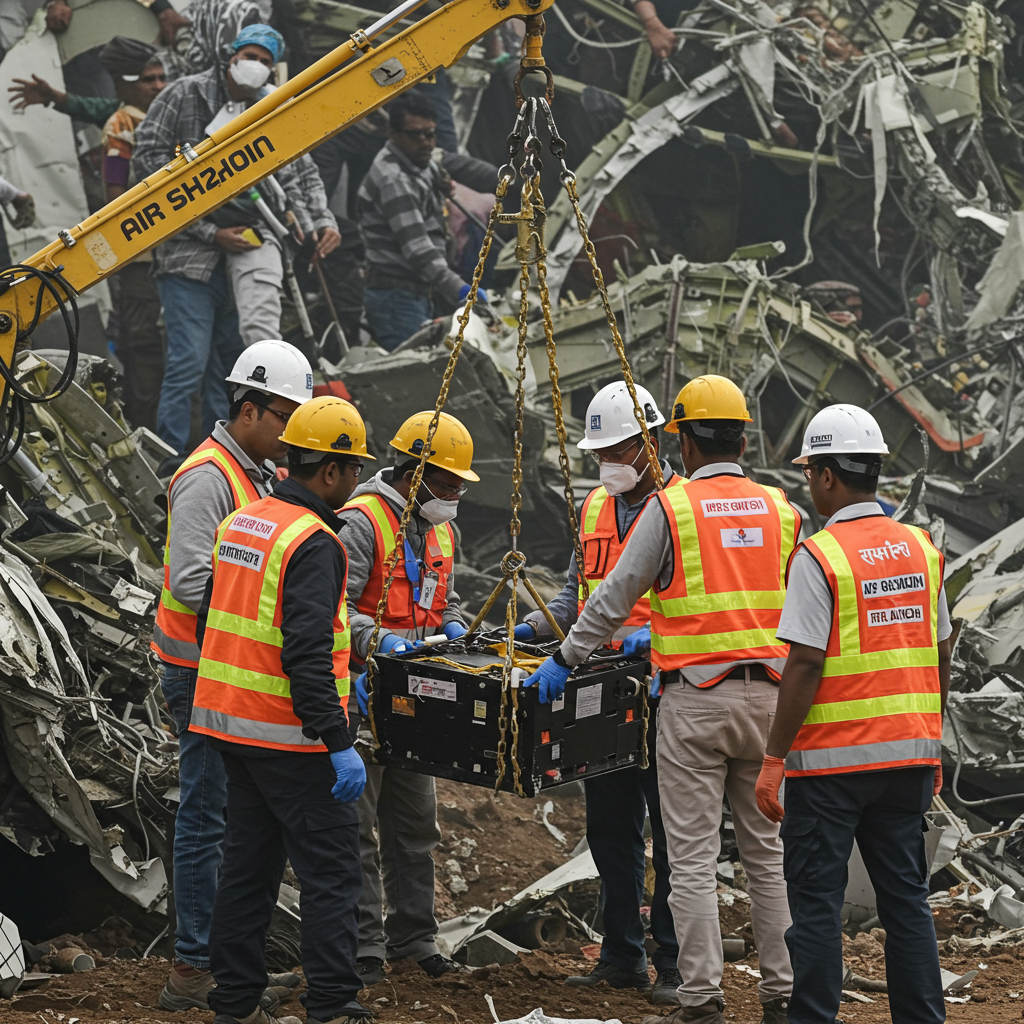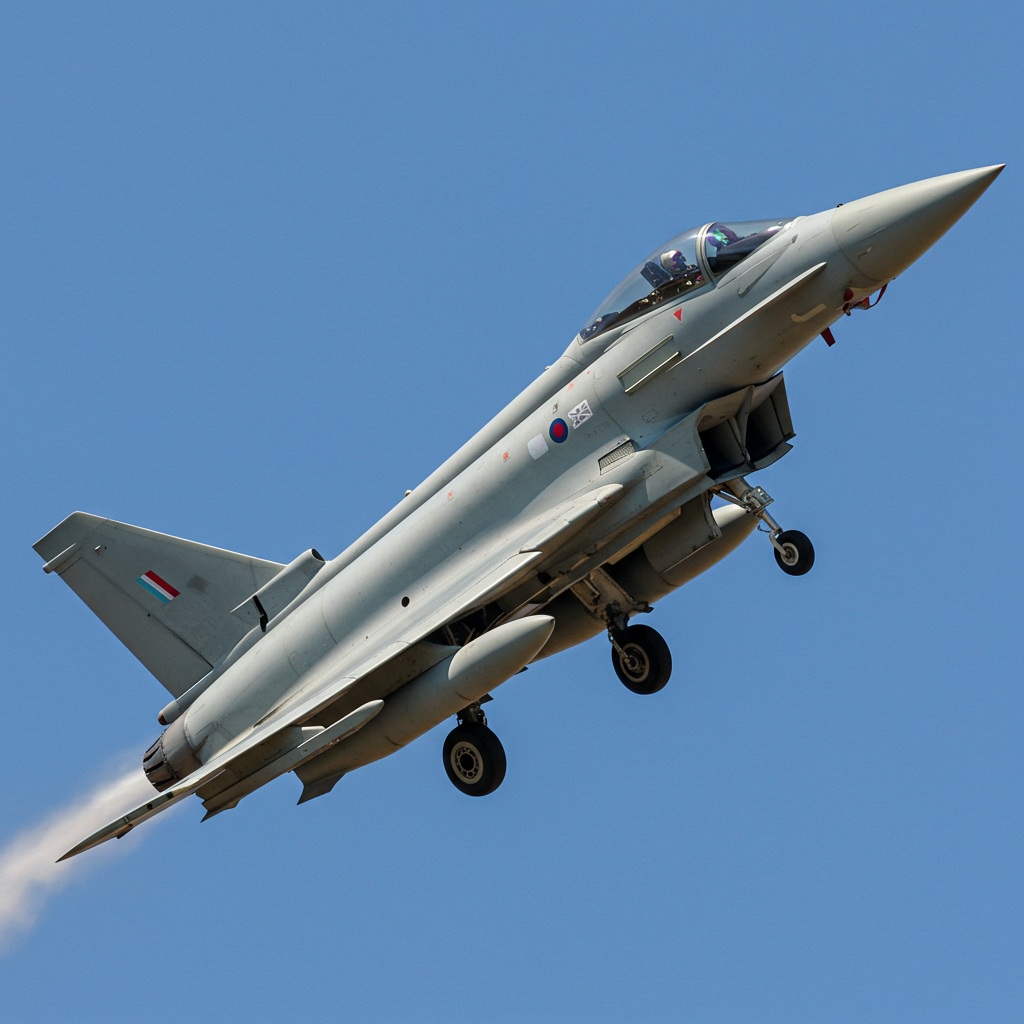Investigators have successfully recovered the cockpit voice recorder (CVR) from the wreckage of Air India flight AI171, a crucial step in piecing together the cause of last week’s devastating crash near Ahmedabad, India. The CVR, along with the flight data recorder (FDR) found earlier, forms the aircraft’s “black box,” providing vital clues about the flight’s final moments.
The London-bound Boeing 787-8 Dreamliner went down shortly after attempting takeoff from Ahmedabad’s Sardar Vallabhbhai Patel International Airport last Thursday, crashing into a doctors’ accommodation building adjacent to the BJ Medical College.
Unlocking the Secrets of the Black Box
Commonly referred to as “black boxes,” the CVR and FDR are actually painted bright orange and designed to withstand extreme impacts and fire. They are essential tools in aviation accident investigations:
Cockpit Voice Recorder (CVR): Captures audio within the cockpit, including pilot conversations, alarms, communication with air traffic control, and ambient sounds.
Flight Data Recorder (FDR): Logs numerous flight parameters such as speed, altitude, engine performance, control surface movements, and more.
Together, the data from these devices allows investigators to reconstruct the sequence of events leading up to a crash, offering critical insights into both technical malfunctions and crew actions.
Multi-Agency Investigation Underway
India’s Aircraft Accident Investigation Bureau (AAIB) is leading the complex inquiry. They are receiving assistance from international partners, including teams from the US National Transportation Safety Board (NTSB) and the UK. The NTSB is conducting a parallel probe under international protocols because the crashed aircraft was American-made. Representatives from Boeing, the aircraft manufacturer, and the US Federal Aviation Administration (FAA) have also visited the crash site to lend their expertise.
In addition to the technical investigation, the Indian government has established a high-level committee to examine the reasons behind the crash and propose measures to prevent similar incidents in the future. The committee is expected to submit a preliminary report within three months.
The Final Moments: Pilot’s Mayday and Reported Last Words
Investigation sources indicate that focus areas include potential issues such as engine failure, problems with wing flaps, and the status of the landing gear during takeoff.
Reports citing analysis of initial recordings suggest the pilot, Captain Sumeet Sabharwal, made a distress call (“mayday”) shortly after the aircraft left the runway. The cockpit voice recorder is expected to contain the crew’s full conversations and alarms. Early reports citing sources familiar with the investigation have reported chilling last words potentially captured on the CVR: “Thrust not achieved… falling… Mayday! Mayday! Mayday!” The phrase “Thrust not achieved” reportedly indicates the pilot’s struggle to generate enough lift to maintain altitude or climb.
The Human Toll and Painful Wait
The crash resulted in a tragic loss of life. Of the 242 passengers and crew members on board, 241 perished. The death toll on the ground stands at approximately 30, bringing the total fatalities to around 270. Miraculously, one British passenger, Vishwash Kumar Ramesh, survived by escaping through an emergency exit.
For the families of the victims, the aftermath has been marked by disbelief, trauma, and an agonisingly slow identification process. Due to the severity of the crash and the condition of many bodies, identification relies heavily on meticulous DNA matching. Officials have described the process as painstaking and slow.
As of Monday, over 90 victims had reportedly been identified through DNA analysis, with a portion of those bodies released to families. Among the identified is Vijay Rupani, the former chief minister of Gujarat. However, for many families, the wait continues, compounded by concerns that the search for all remains might not yet be complete, further delaying the process beyond initial timelines.
This accident marks the first crash involving a Boeing 787 Dreamliner. While Air India has reportedly ordered additional checks on its remaining Dreamliner fleet, the global fleet of over 1,000 787s continues to operate. The recovery of the black boxes is a critical step towards understanding exactly what went wrong and providing answers to the grieving families.




